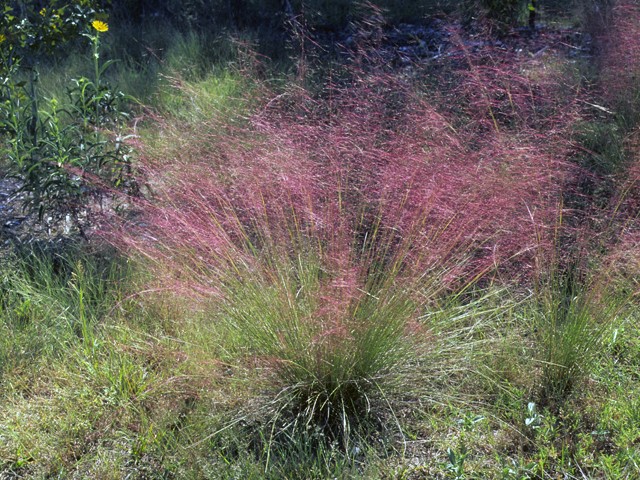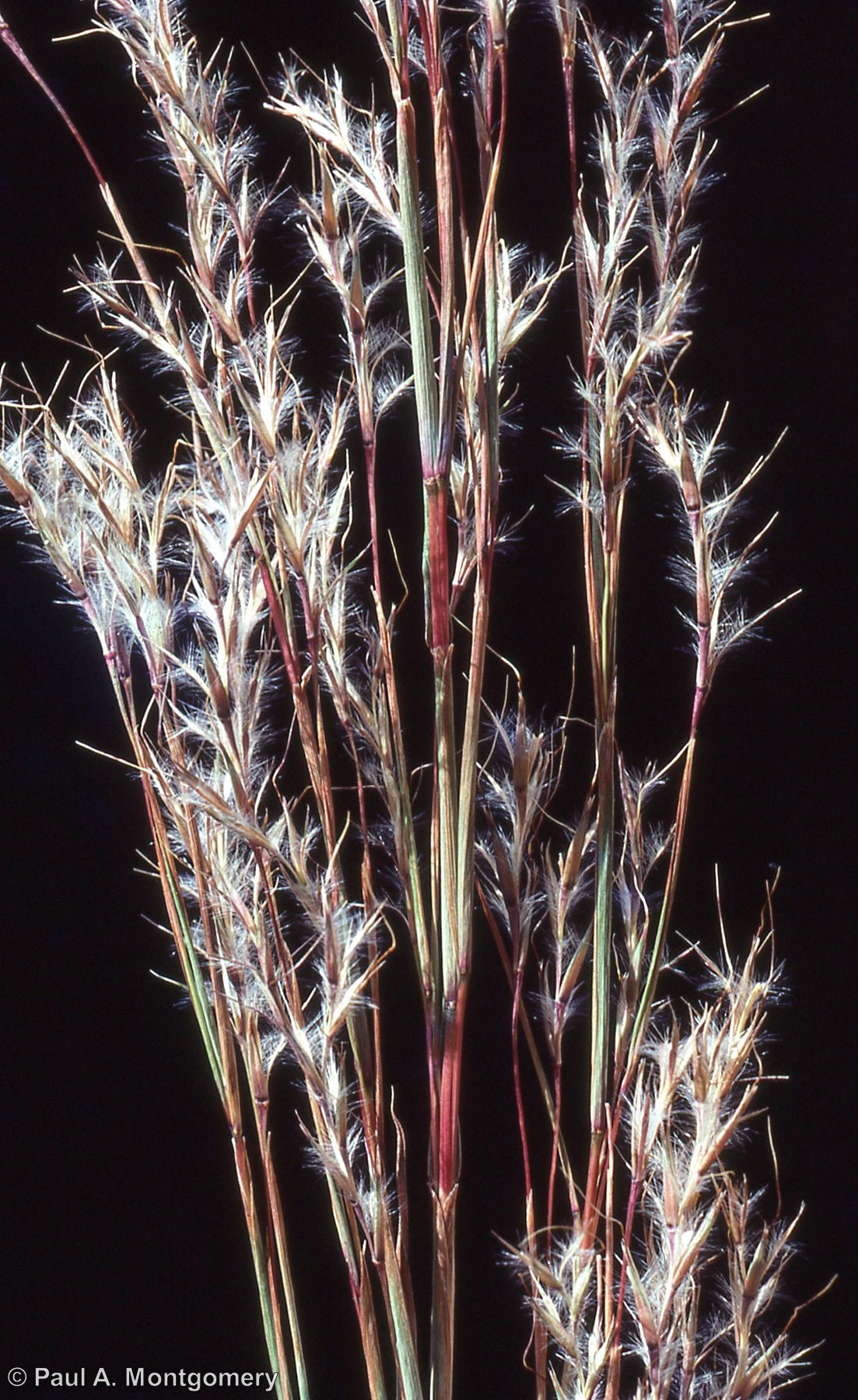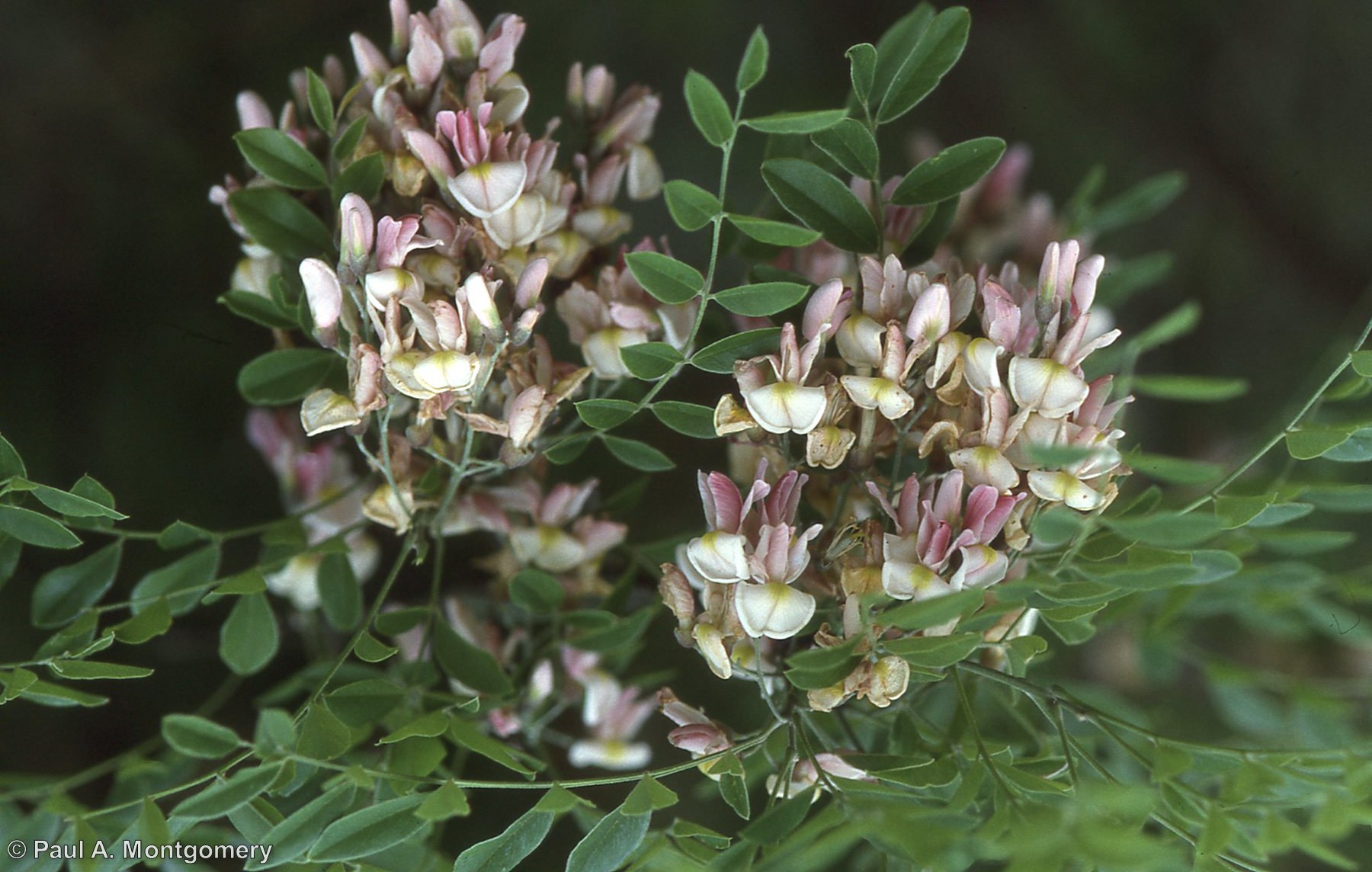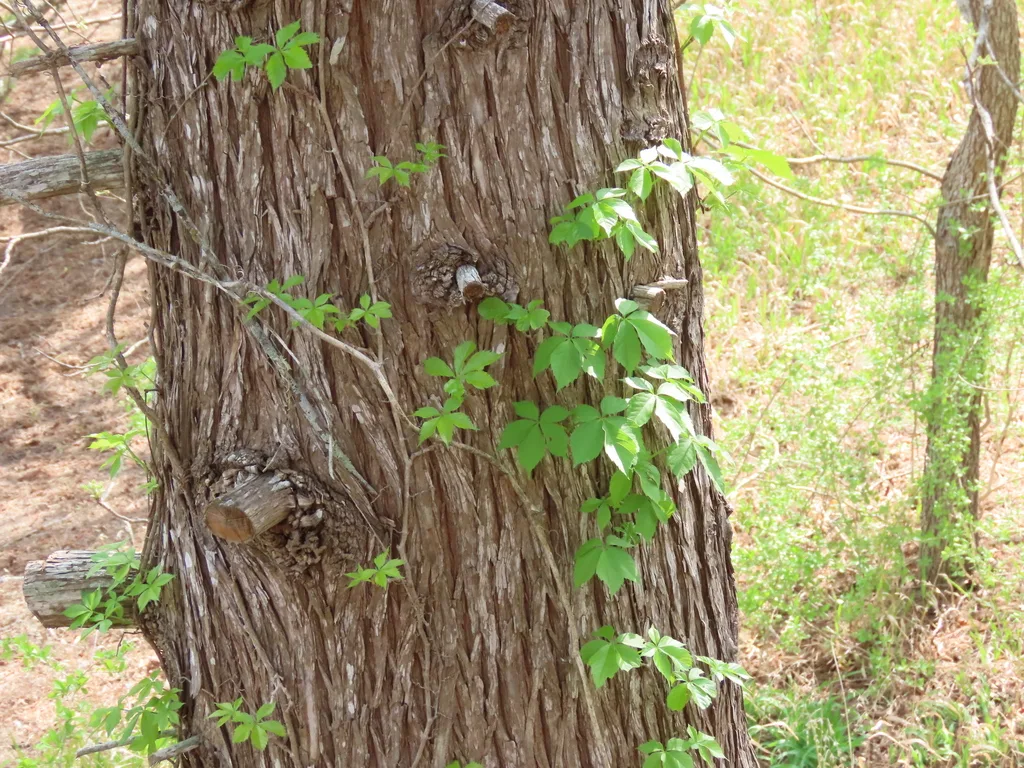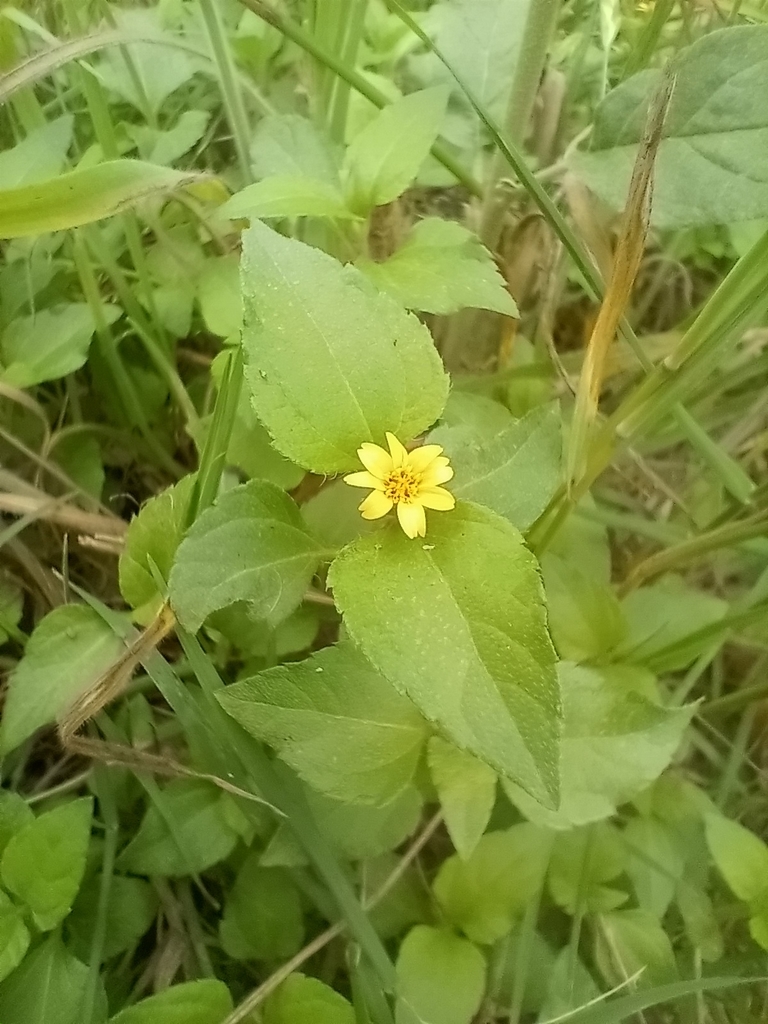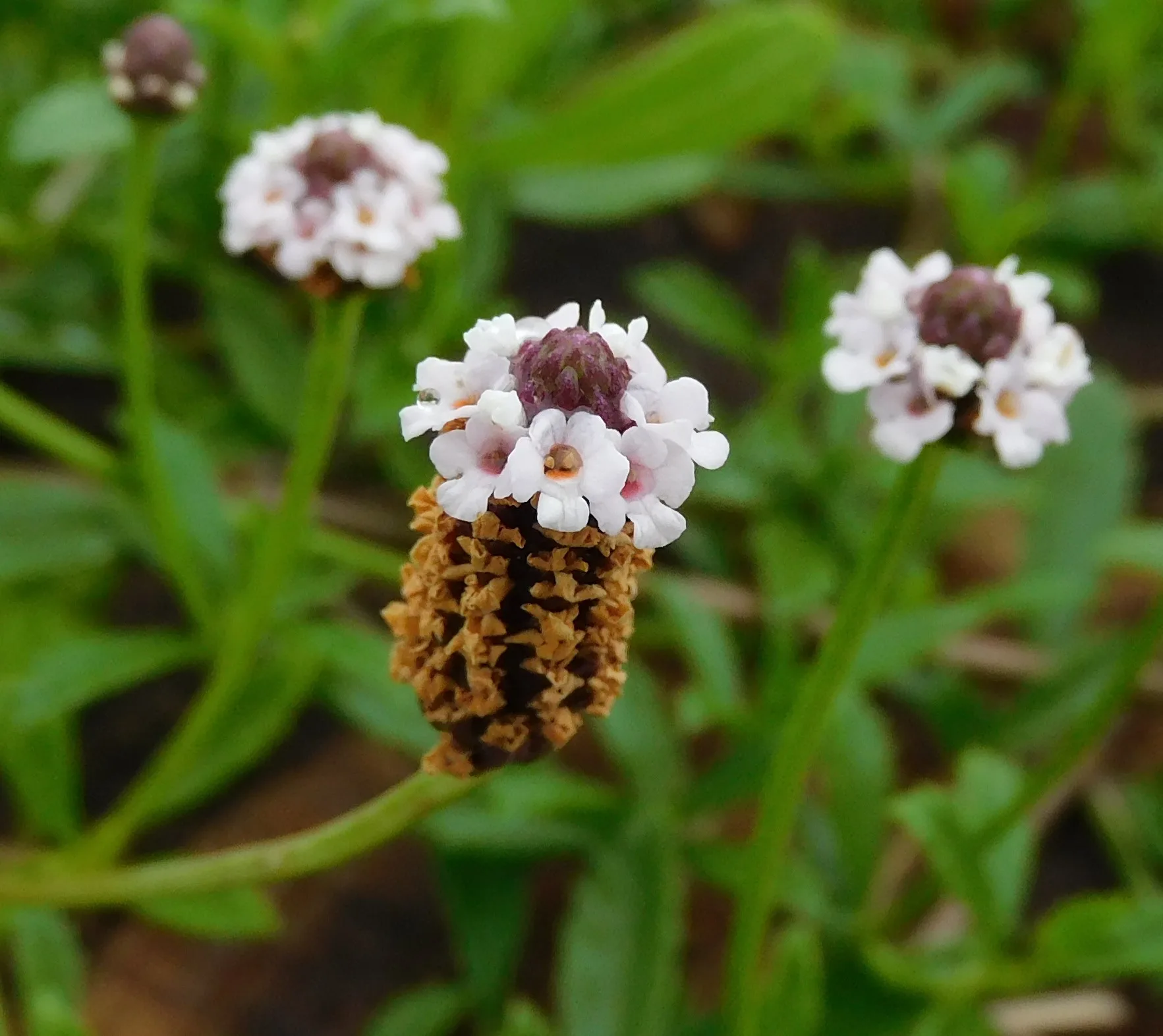Here are the plants available in our upcoming plant sale on May 4, 2024. You can view the gallery of available plants below or use the table at the end of this page to make your own plant or shopping list. Note that this list may change as the plant sale approaches.
For details: Cross Timbers 2024 Plant Sale Details – May 4th
Table of Contents
Available Plants by Type
Grass & Sedge
Herbaceous
Common Yarrow
Achillea millefolium
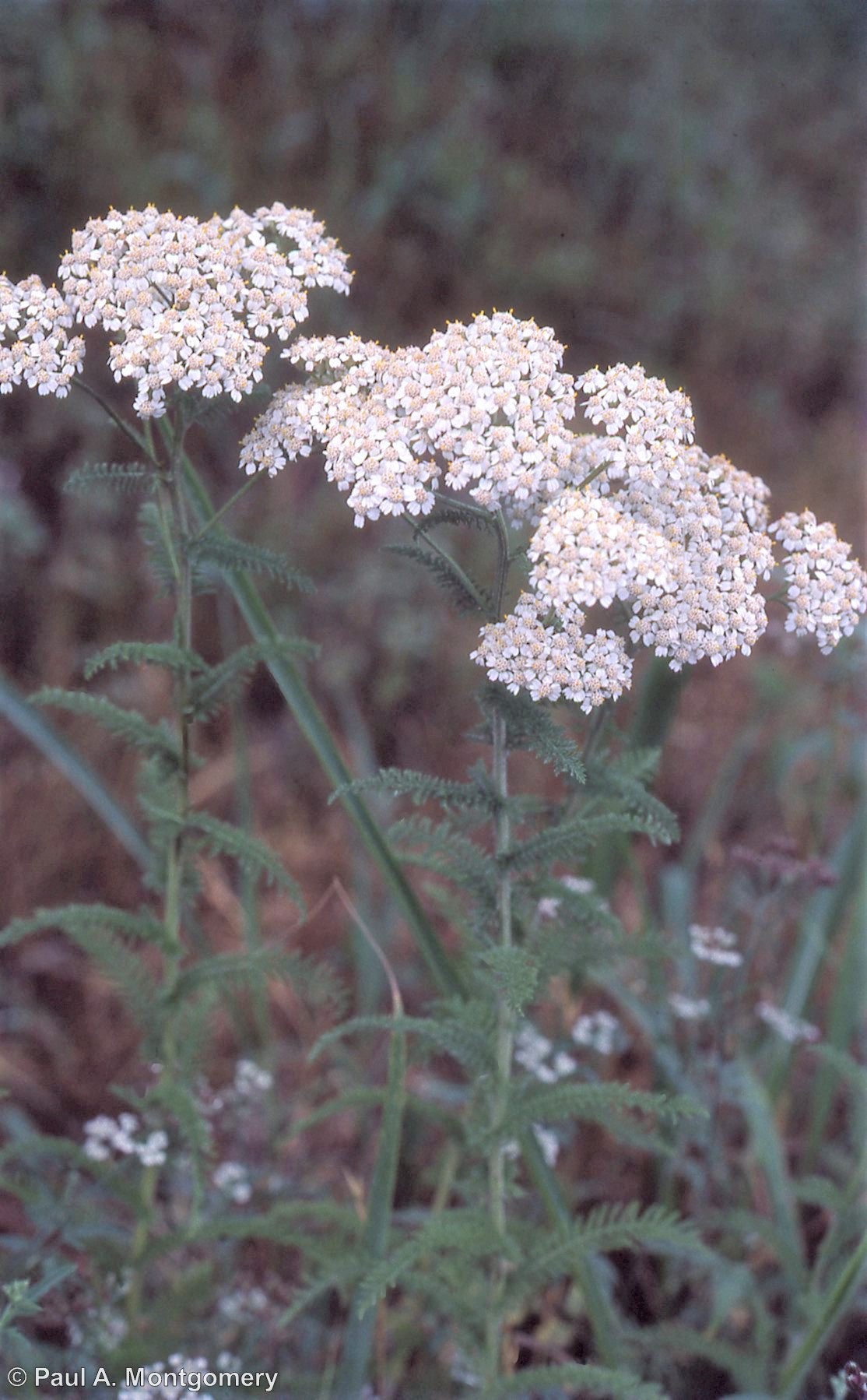
Gregg's Mistflower
Conoclinium dissectum
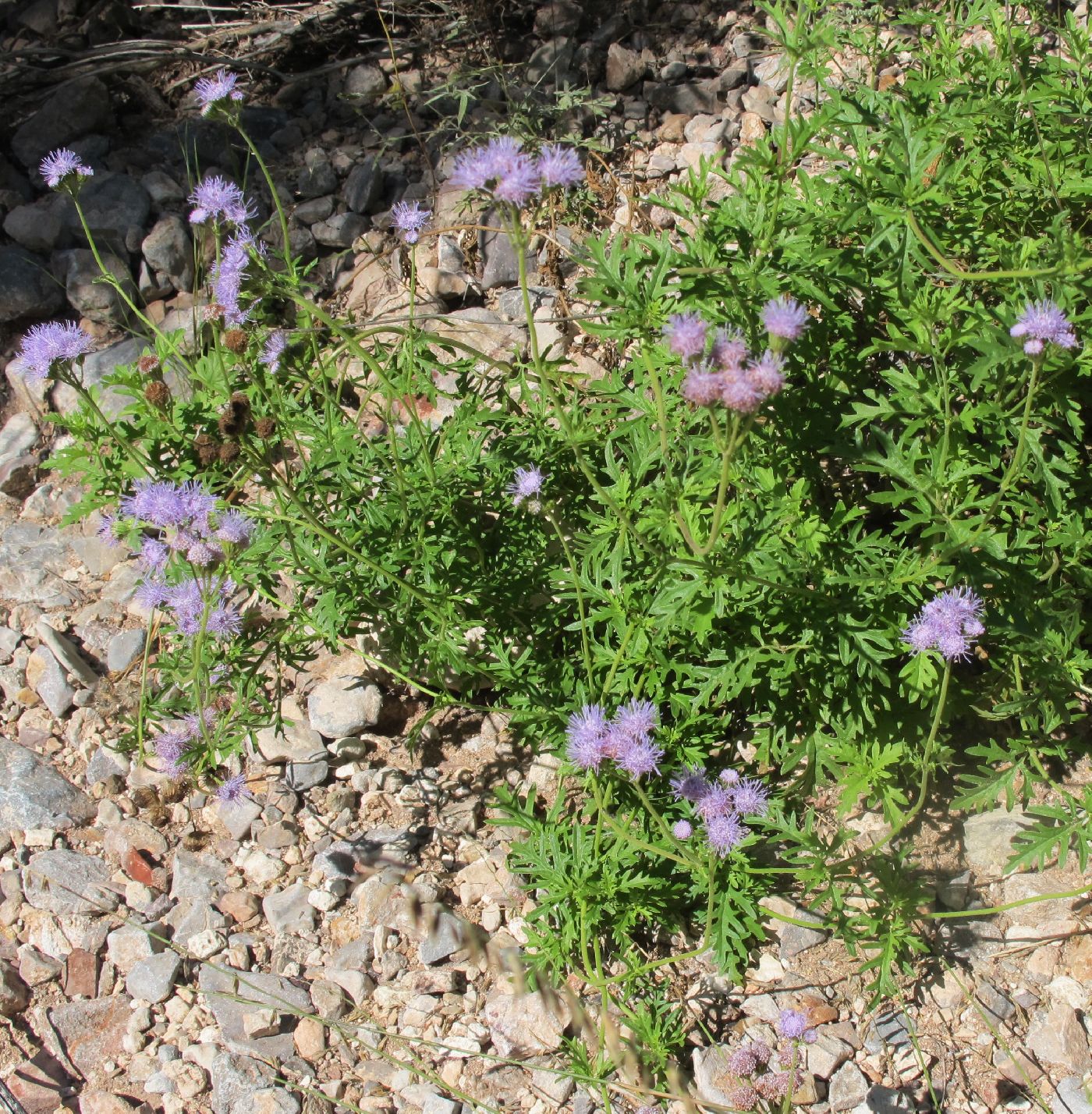
Purple Coneflower
Echinacea purpurea
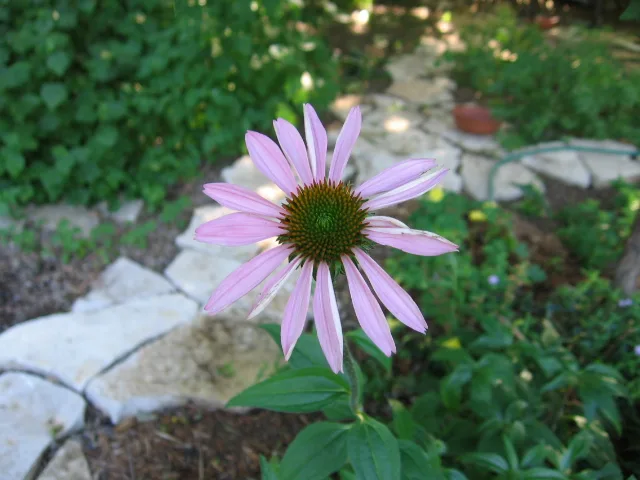
Rattlesnake Master
Eryngium yuccifolium
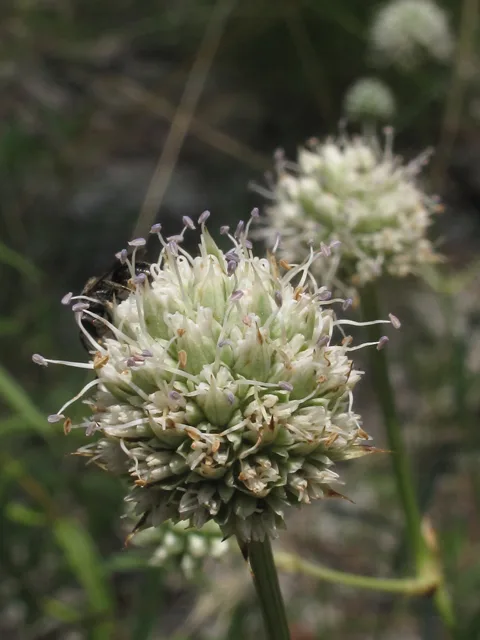
Butterfly Gaura
Oenothera lindheimeri
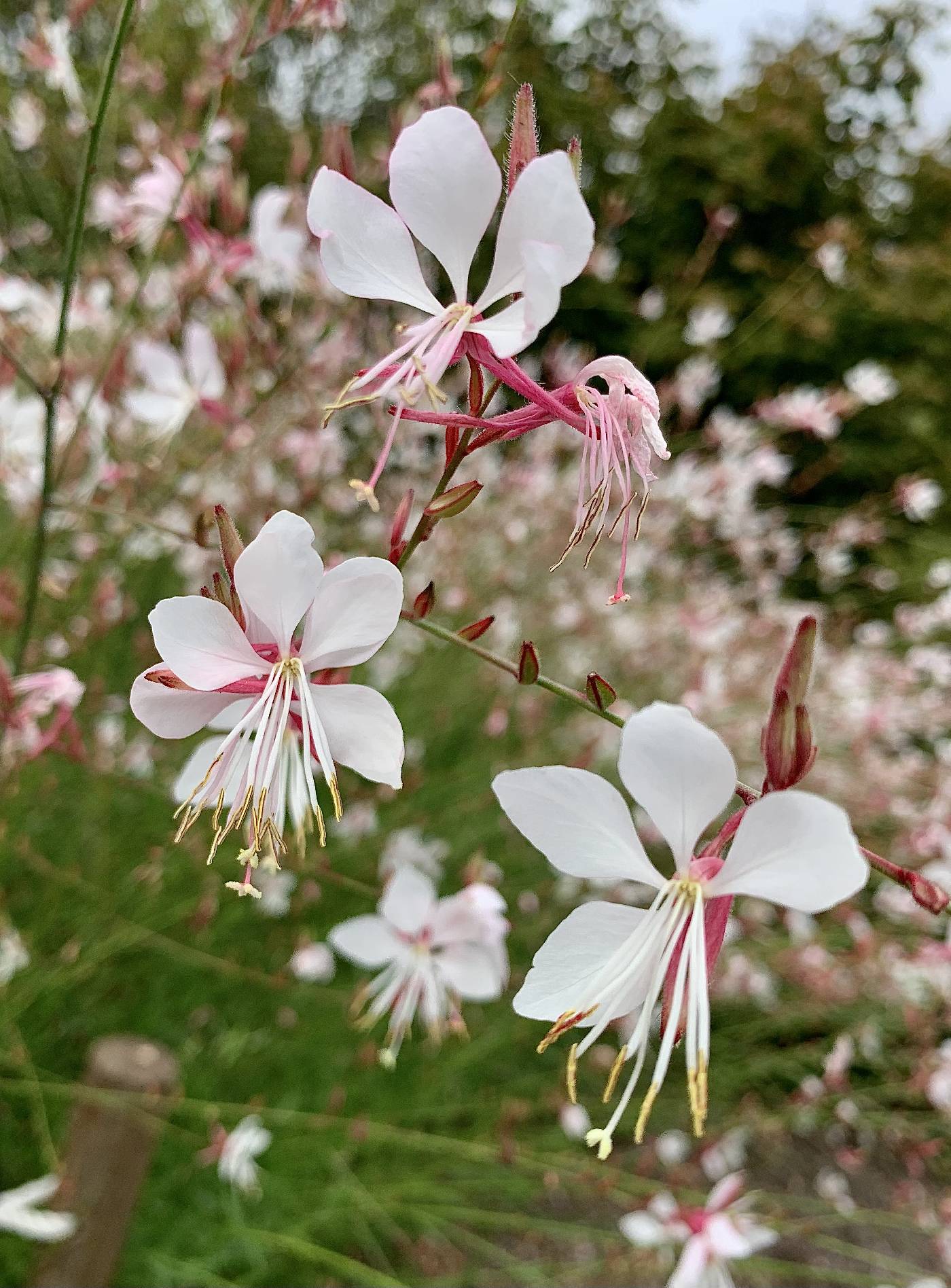
Mexican Hat
Ratibida columnifera
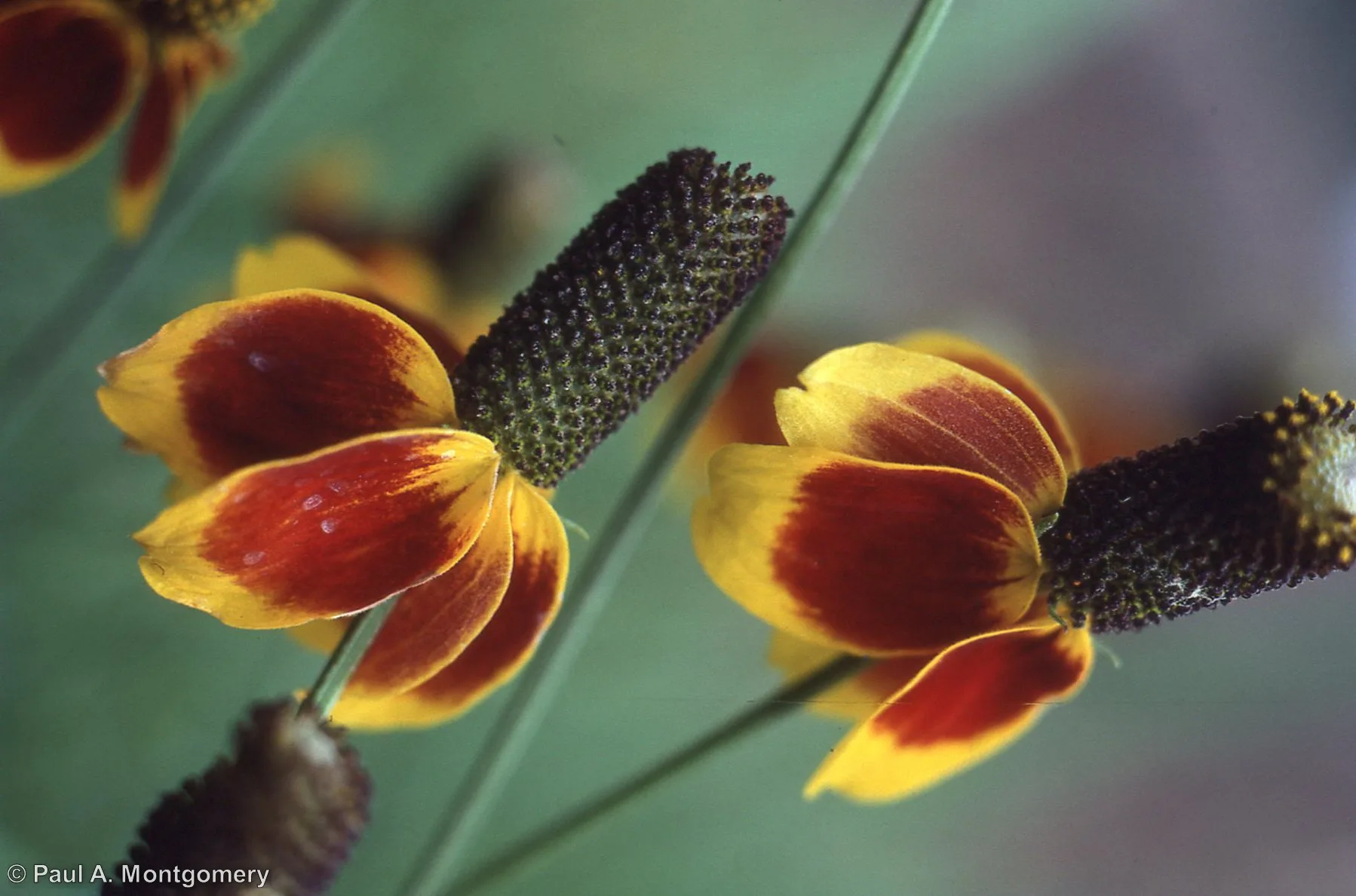
Pigeonberry
Rivina humilis
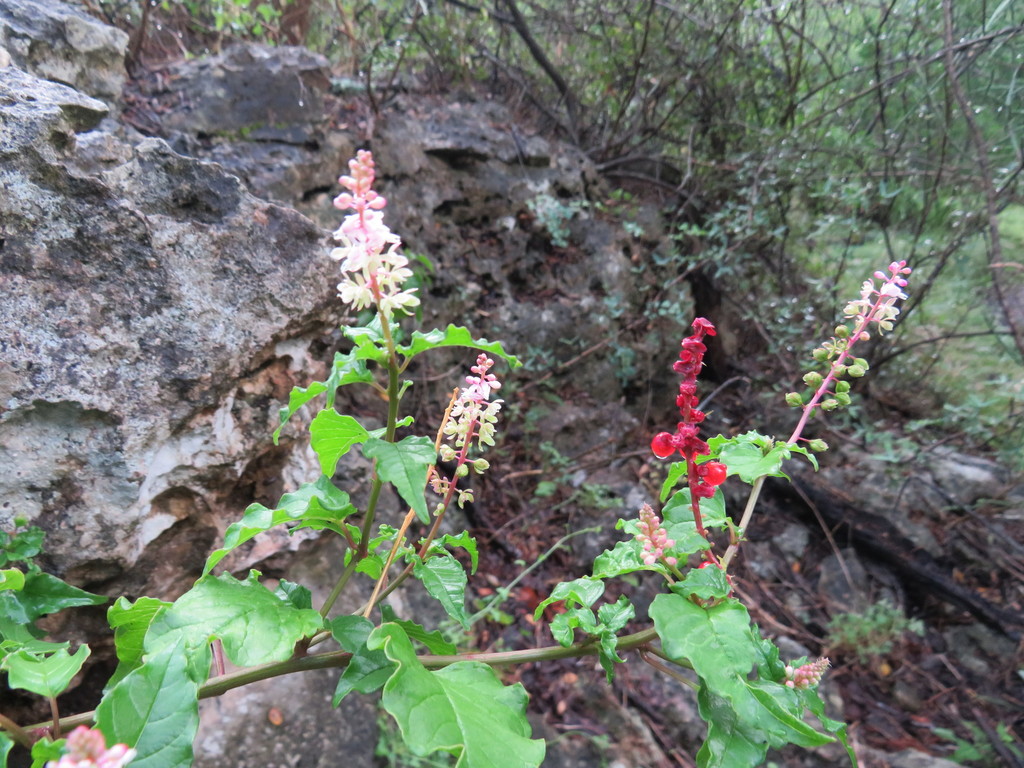
Perennial Black-eyed Susan
Rudbeckia fulgida
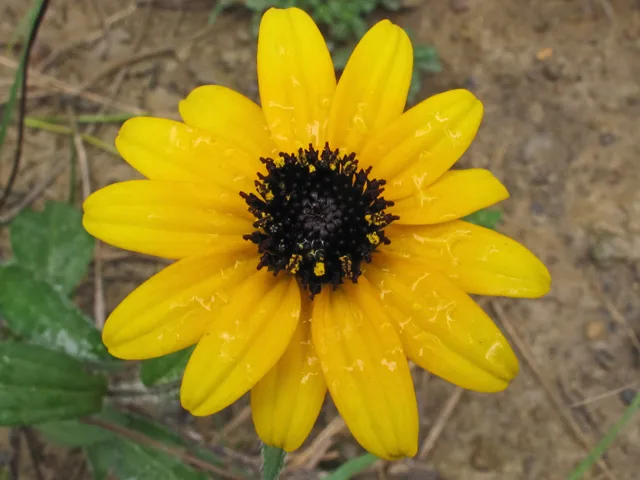
Scarlet Sage
Salvia coccinea
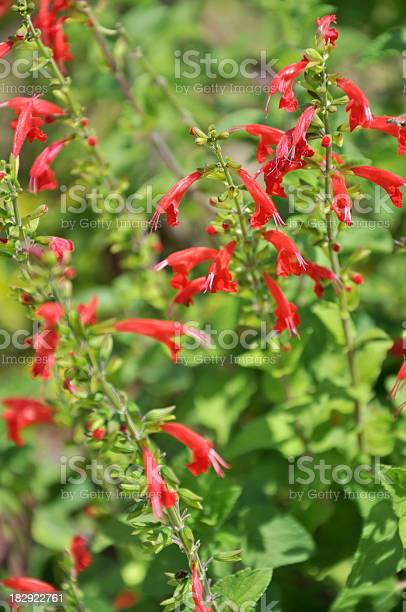
Mealy Blue Sage
Salvia farinacea
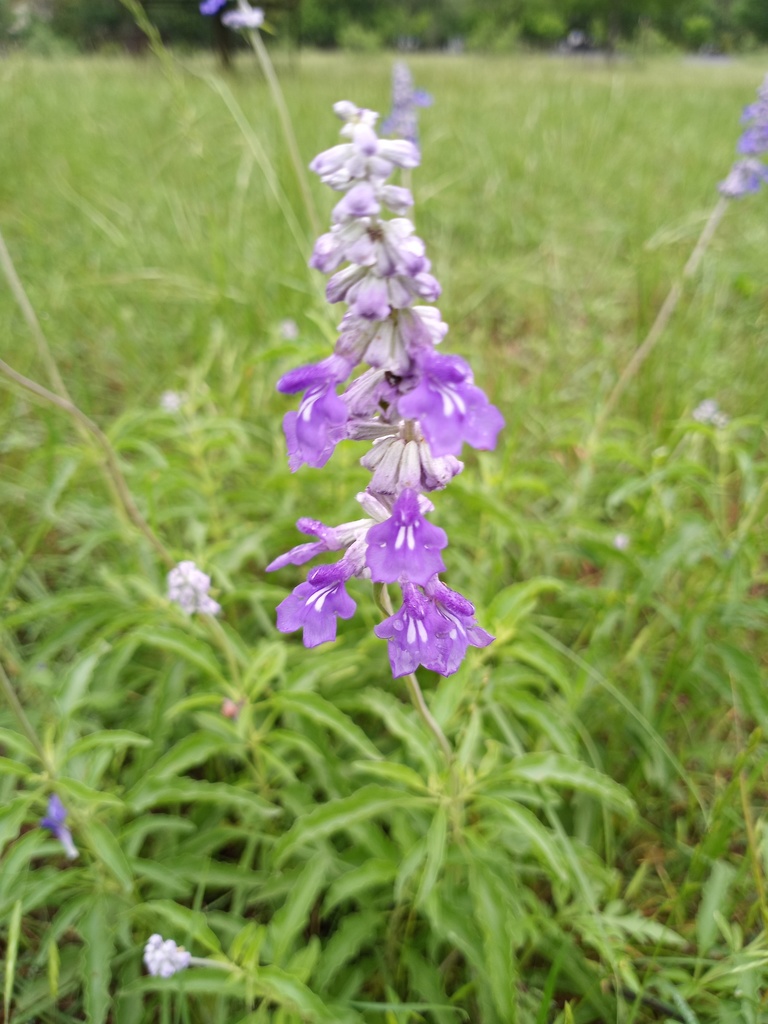
Cedar Sage
Salvia roemeriana
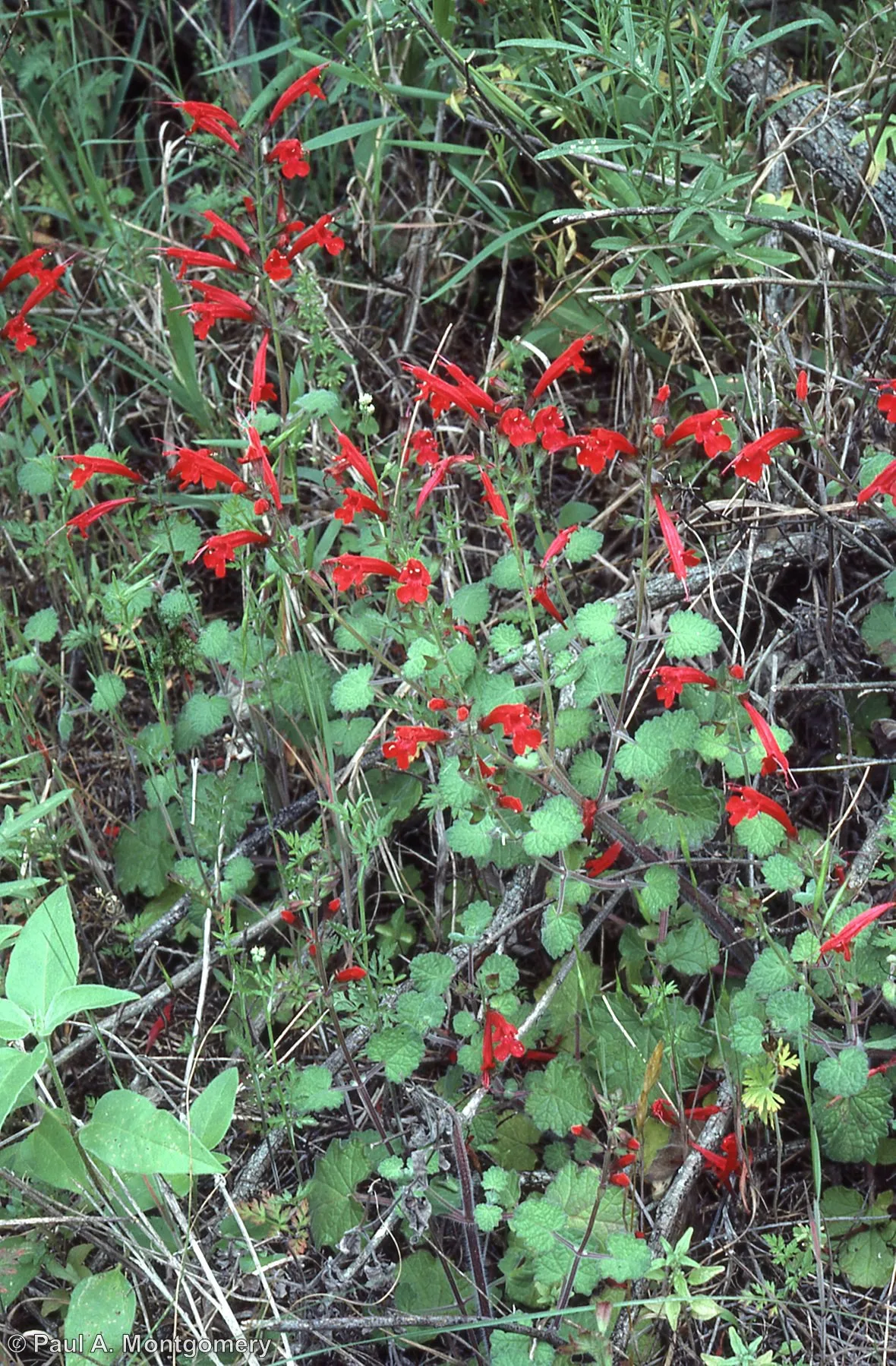
Wright's Skullcap
Scutellaria wrightii

Shrub
American Beautyberry
Callicarpa americana
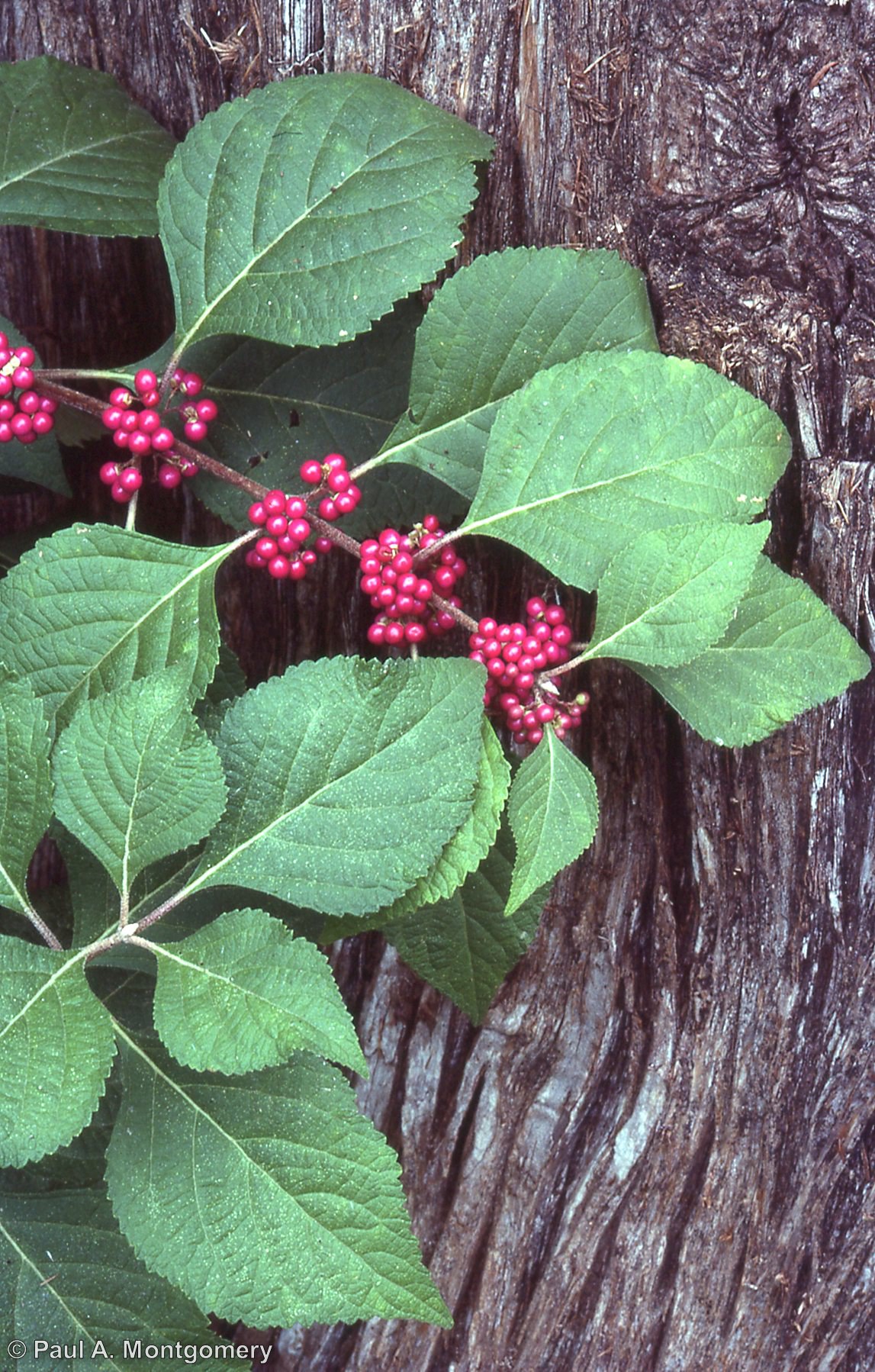
Kidneywood
Eysenhardtia texana
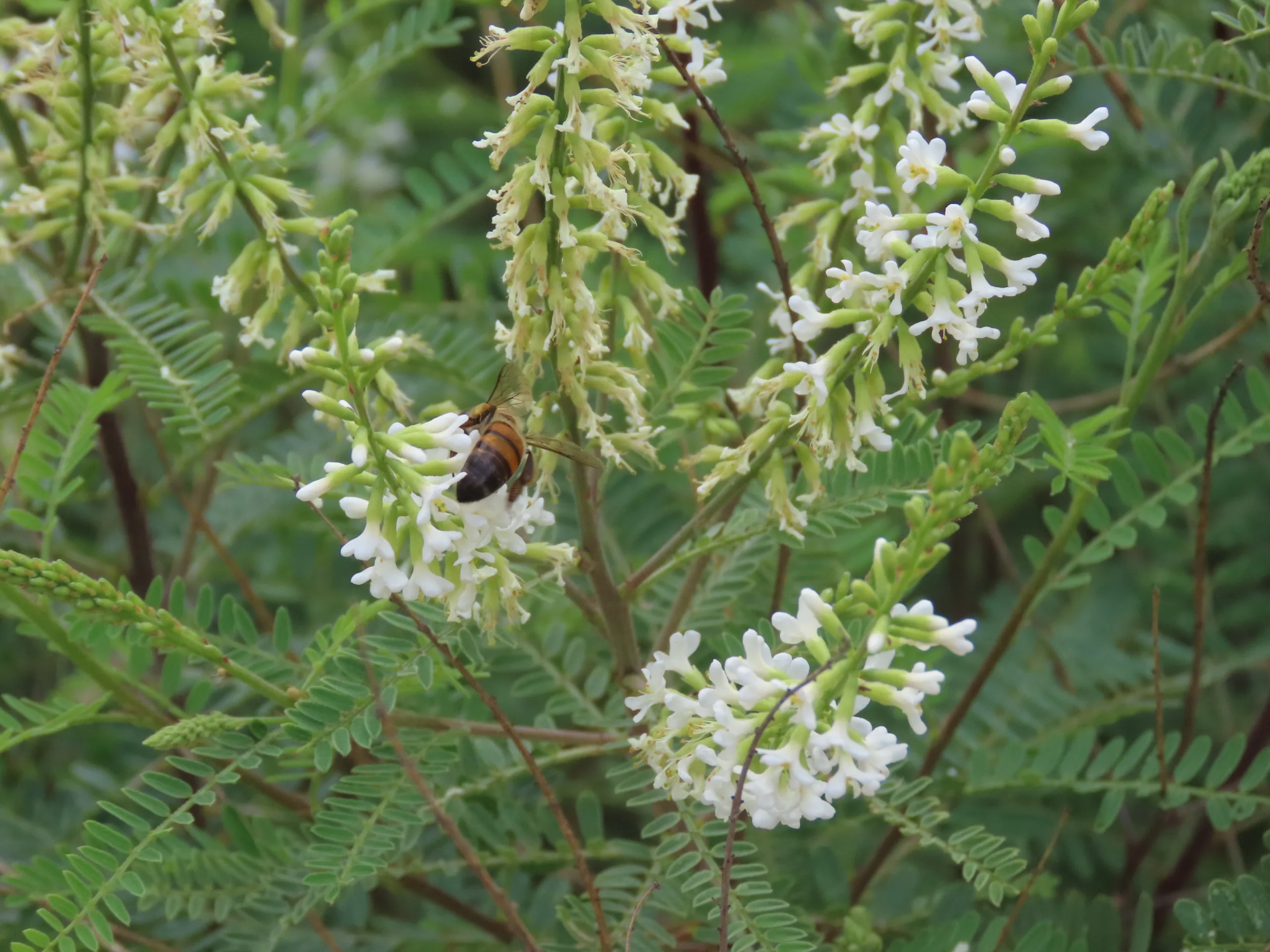
Elbowbush
Forestiera pubescens
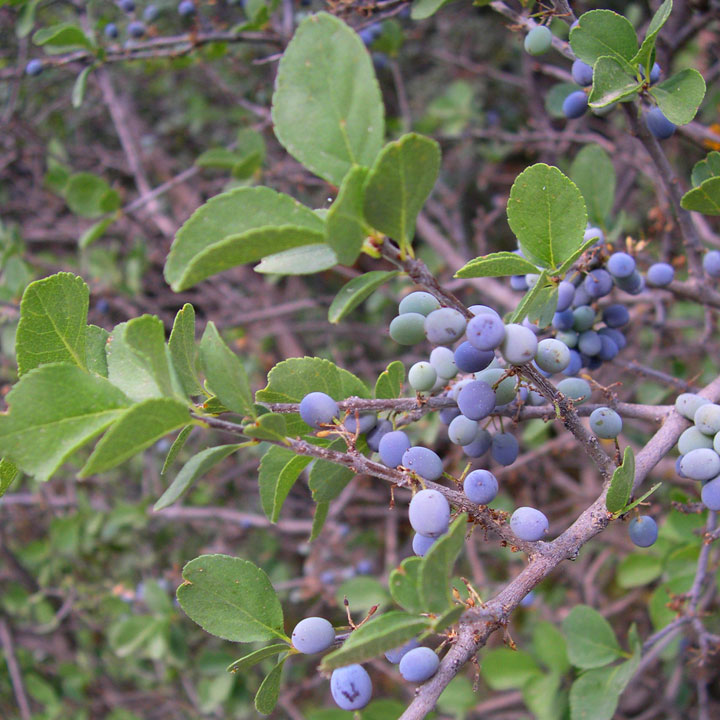
Texas Lantana
Lantana horrida
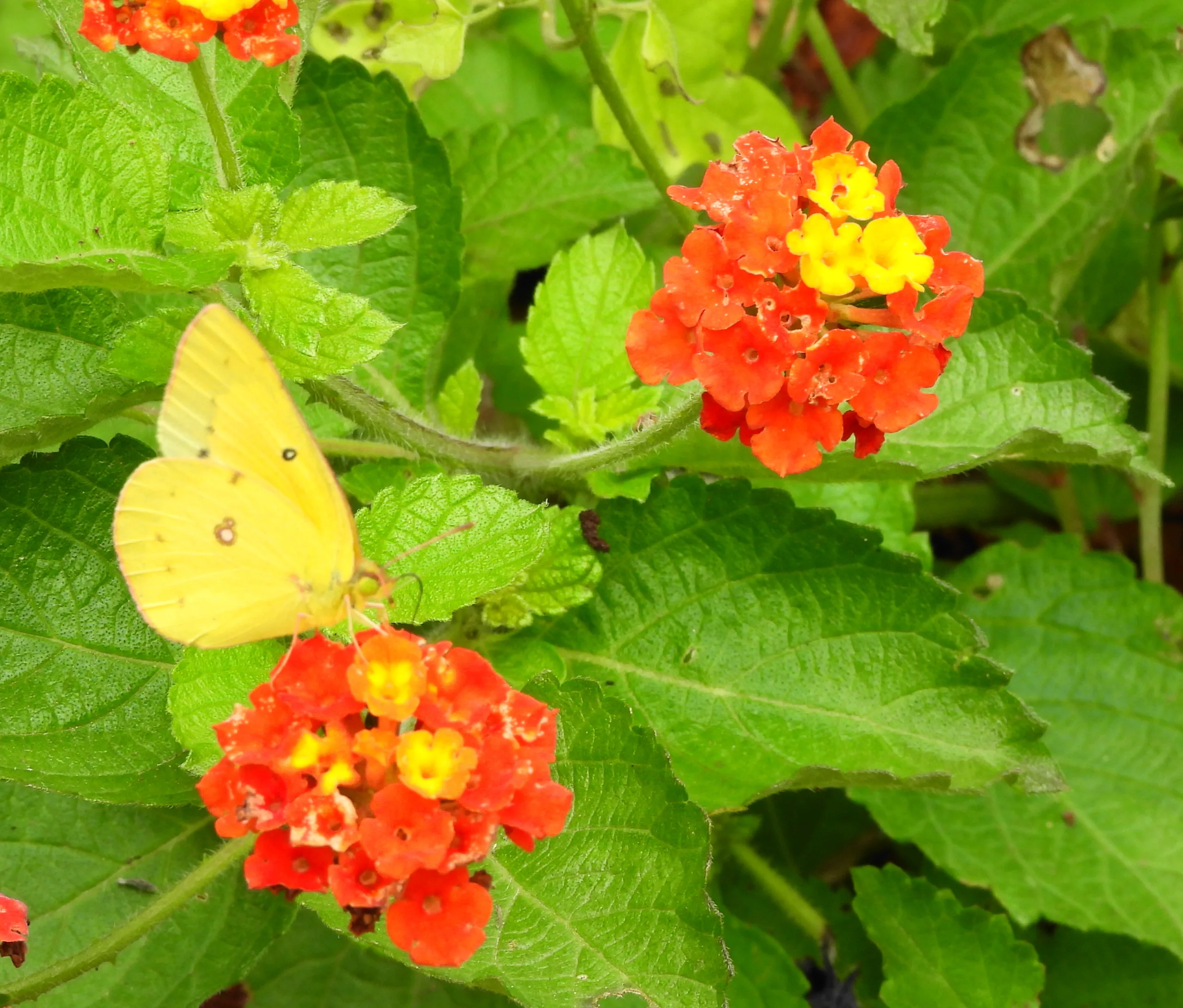
Cenizo
Leucophyllum frutescens
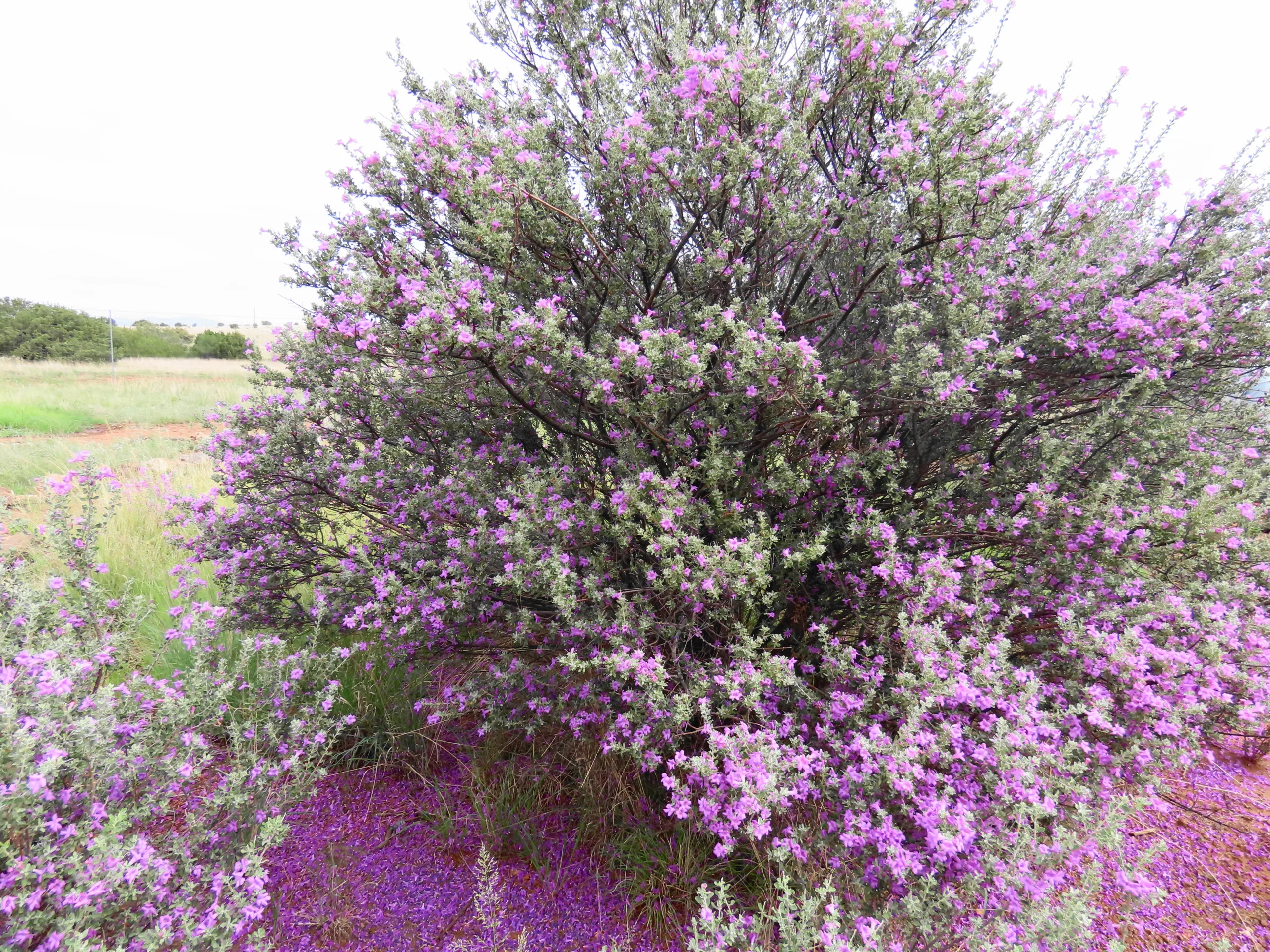
Autumn Sage
Salvia greggii
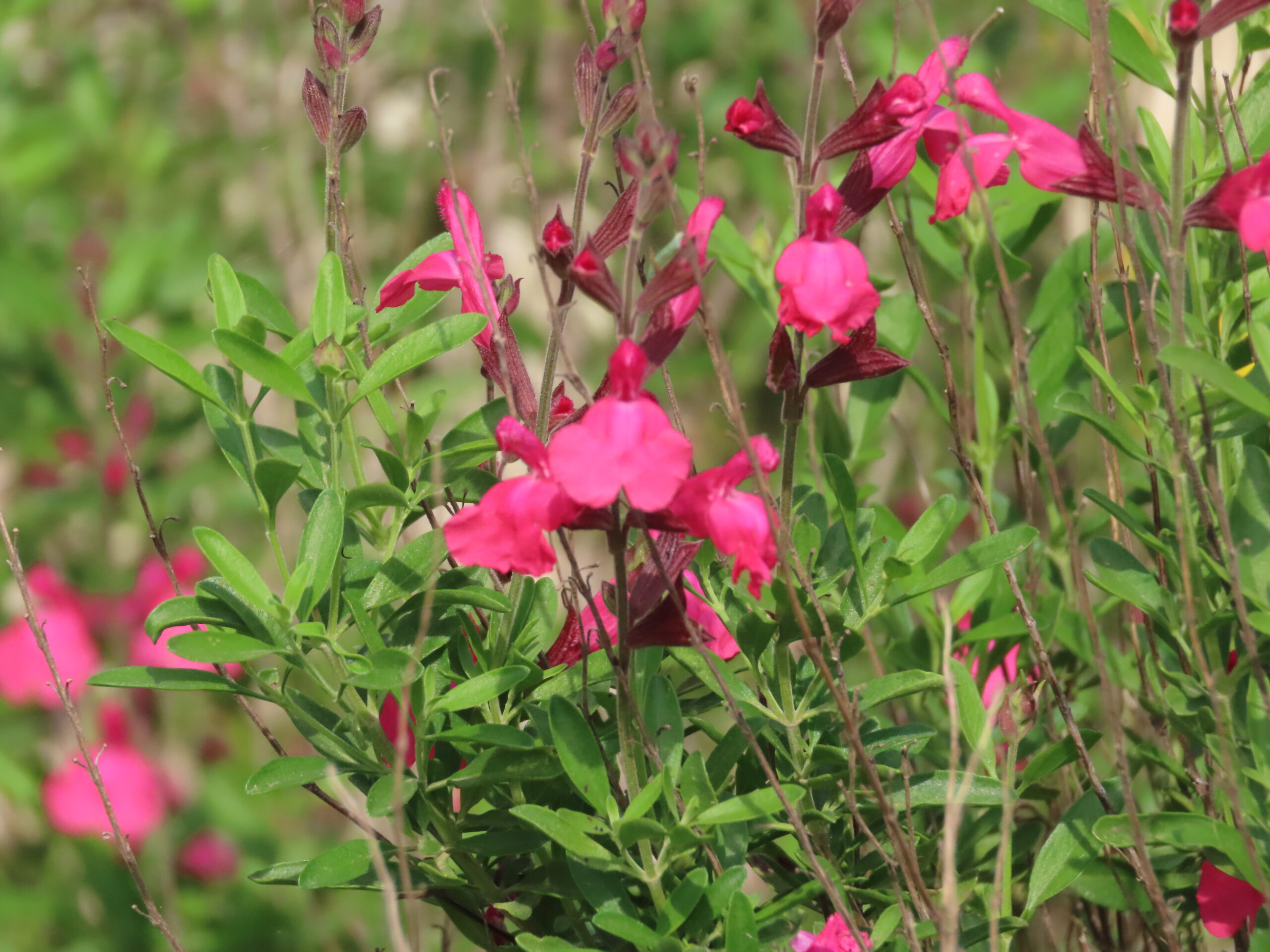
Coralberry
Symphoricarpos orbiculatus
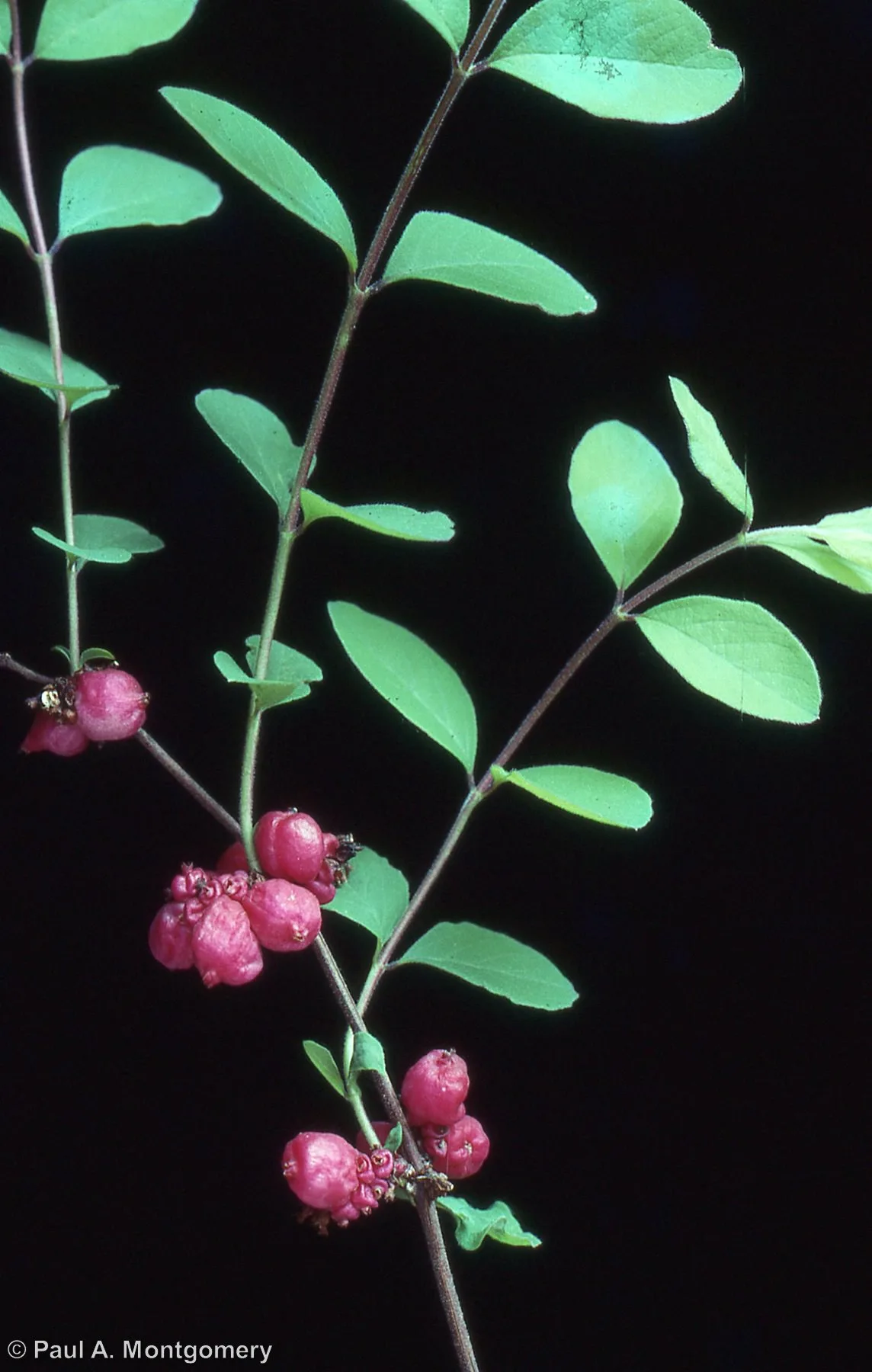
Tree
Vine
Cactus & Succulent
Fern
Groundcover
Plant Sale Table
Here is the same list in tabular form. If you’d like to make your own shopping list you can copy and paste this table into a spreadsheet. For best results paste as text format into the spreadsheet.
| Common Name | Scientific Name | Growth Form | Light Requirement | Water Requirement |
|---|---|---|---|---|
| American Beautyberry | Callicarpa americana | Shrub | Part Shade | Low, Medium |
| Autumn Sage | Salvia greggii | Shrub | Sun | Low |
| Butterfly Gaura | Oenothera lindheimeri | Herbaceous | Sun | Medium |
| Cedar Sage | Salvia roemeriana | Herbaceous | Part Shade | Very Low, Low |
| Cenizo | Leucophyllum frutescens | Shrub | Sun | Very Low, Low |
| Common Yarrow | Achillea millefolium | Herbaceous | Sun, Part Shade | Medium |
| Coralberry | Symphoricarpos orbiculatus | Shrub | Part Shade, Shade | Low, Medium |
| Elbowbush | Forestiera pubescens | Shrub | Sun, Part Shade, Shade | Low, Medium |
| Eve’s Necklace | Styphnolobium affine | Tree | Sun | Very Low |
| Frogfruit | Phyla nodiflora | Groundcover | Sun | Low, Medium |
| Gregg's Mistflower | Conoclinium dissectum | Herbaceous | Sun, Part Shade | Low, Medium |
| Gulf Muhly | Muhlenbergia capillaris | Grass & Sedge | Sun | Low, Medium |
| Horseherb | Calyptocarpus vialis | Groundcover | Sun, Shade | Low, Medium |
| Kidneywood | Eysenhardtia texana | Shrub | Sun, Part Shade | Very Low |
| Little Bluestem | Schizachyrium scoparium | Grass & Sedge | Sun, Part Shade | Low, Medium |
| Mealy Blue Sage | Salvia farinacea | Herbaceous | Sun | Low |
| Mexican Hat | Ratibida columnifera | Herbaceous | Sun | Medium |
| Perennial Black-eyed Susan | Rudbeckia fulgida | Herbaceous | Sun | Medium |
| Pigeonberry | Rivina humilis | Herbaceous | Shade | Medium |
| Purple Coneflower | Echinacea purpurea | Herbaceous | Sun, Part Shade | Low, Medium |
| Rattlesnake Master | Eryngium yuccifolium | Herbaceous | Sun | Low, Medium |
| Scarlet Sage | Salvia coccinea | Herbaceous | Sun, Part Shade, Shade | Low, Medium |
| Texas Lantana | Lantana horrida | Shrub | Sun | Very Low, Low |
| Virginia Creeper | Parthenocissus quinquefolia | Vine | Sun, Shade | Low |
| Wright's Skullcap | Scutellaria wrightii | Herbaceous | Sun, Part Shade | Low |


